So how do we fix unsustainable cities and suburbs? How do we go back from the machine scale to the human scale? In the same way that a one-size-fits-all sort of lifestyle was imposed on our cities, there are going to be as many solutions as there are cities and developments... 
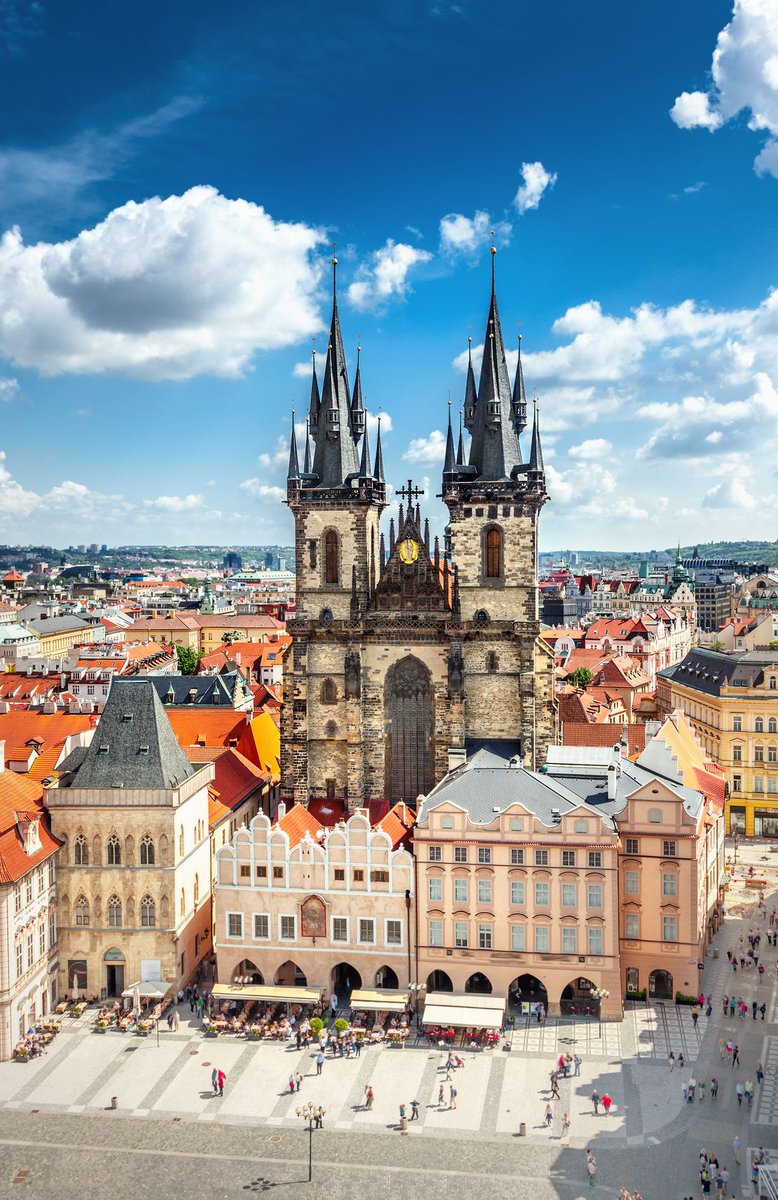
...a combination of leading by example, studying the past while trying to put ourselves in the shoes of those coming after us. Both carrots and whips. There is no need to raze and rebuild, rather we should consolidate, and stop subsidizing that which can't be sustained. 
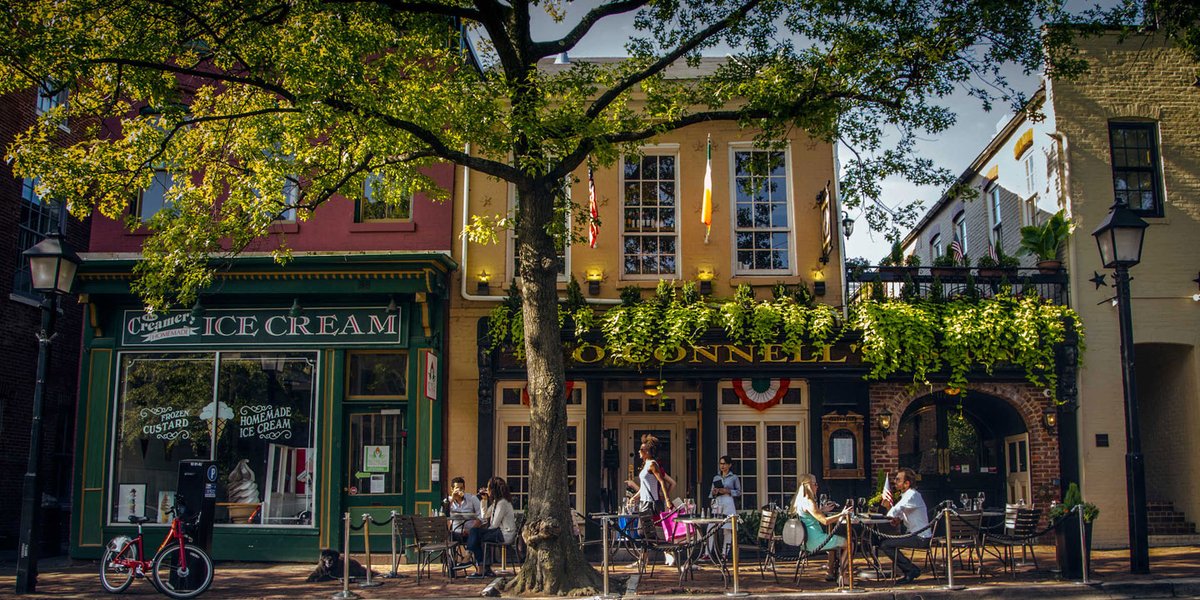
Good cities are always built on the human scale, useful to anyone regardless of age or possession of a driver's license, and have access to sun and water to some degree. Apart from that they can differ, a city in Algeria will look and work differently from a city in Ecuador. 

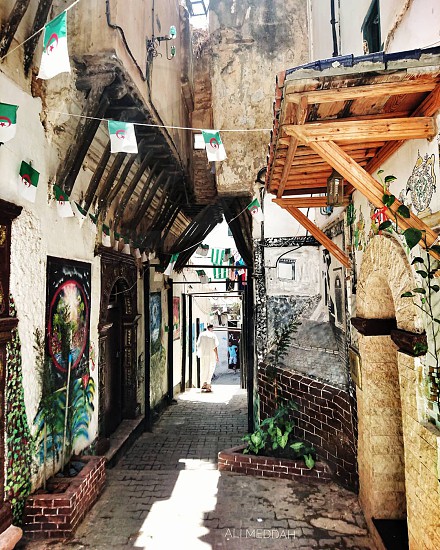
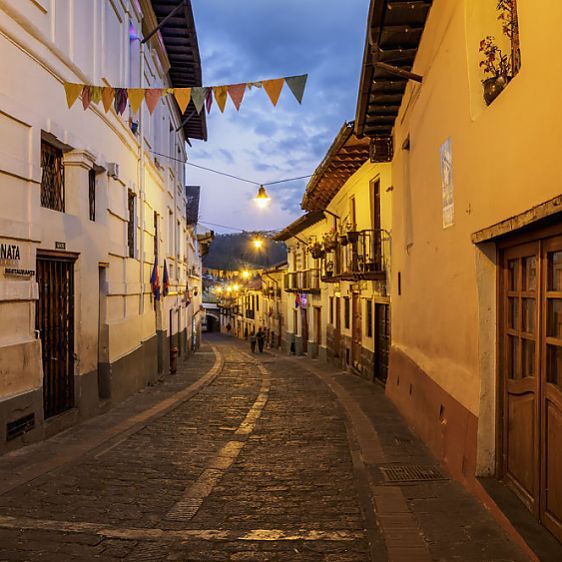
Buildings and architecture should fit its local climate, soil, and altitude. A building that enriches southern California will impoverish northern Norway. That is why fashions in building can be so costly, or in some cases even deadly. 

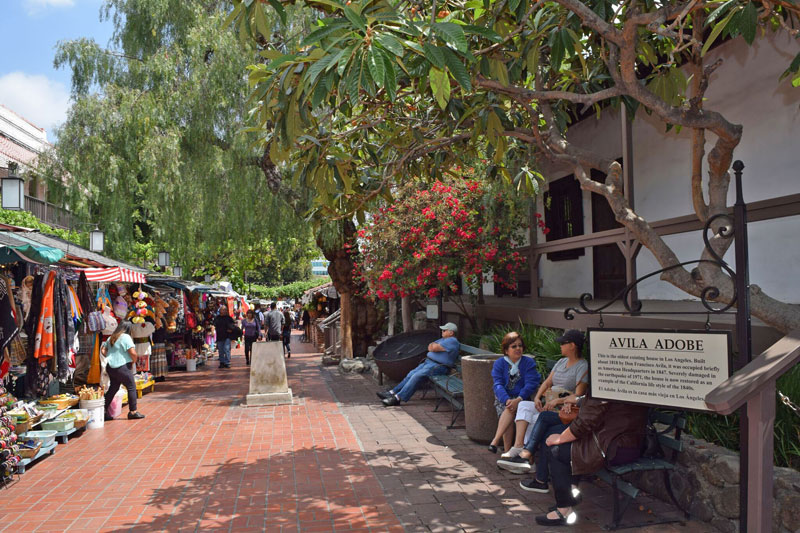

There's almost 20,000 villages, towns and cities in the U.S. If we ask 1% of them to come up with a human scaled model habitation of say 0.1 square miles (the size of large shopping mall or stadium, with parking), we'd have something to start work with. We don't lack the space. 



Naturally, this leads to questions, from the practical: how do you move a washing machine without cars? Can you have a city of 1 million without traffic? How can we afford to build new rail? to the more philosophical: what is the role of religion in cities? Why do we need order? 

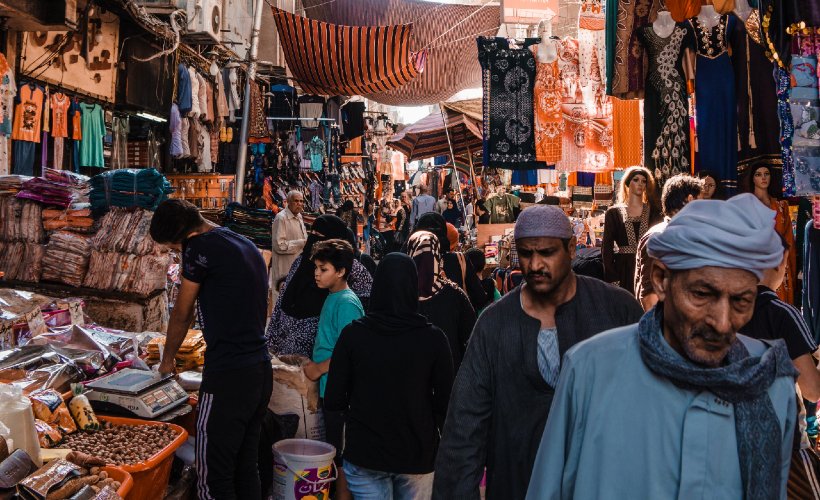

Out of personal interest (I am just some laborer in a far east Asian megacity who reads a lot) I collect examples of how our ancestors answered these questions. They are not admonitions, but examples. Above all, they are meant to reassure: don't fear, we have done this before. 
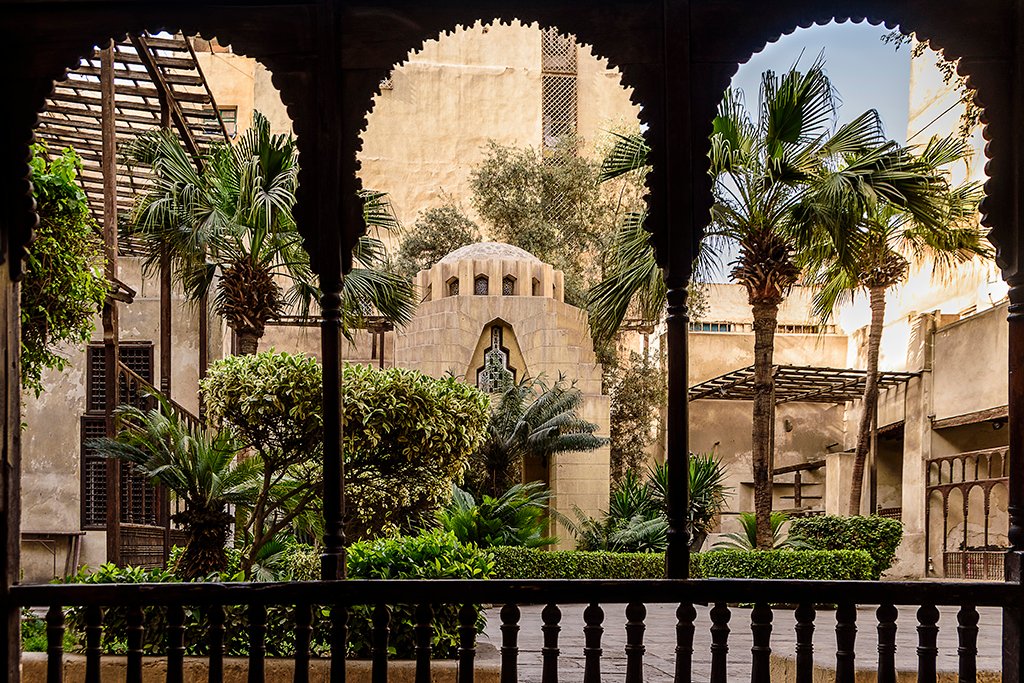
There is no need to despair about the future, whether you live in suburb to Toronto or work a small field outside of Karachi. We'll get through this. Our ancestors have already shown us the way. We just need to get back to it. 



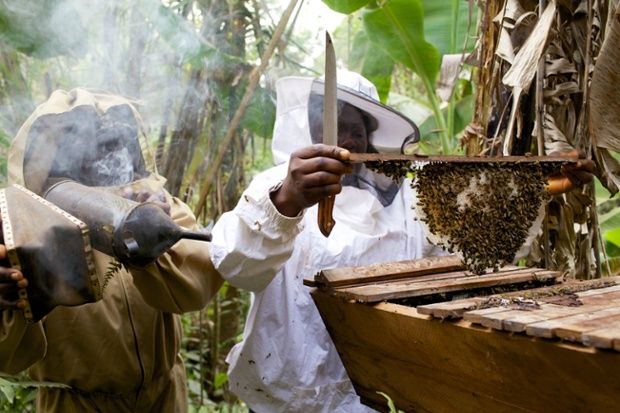
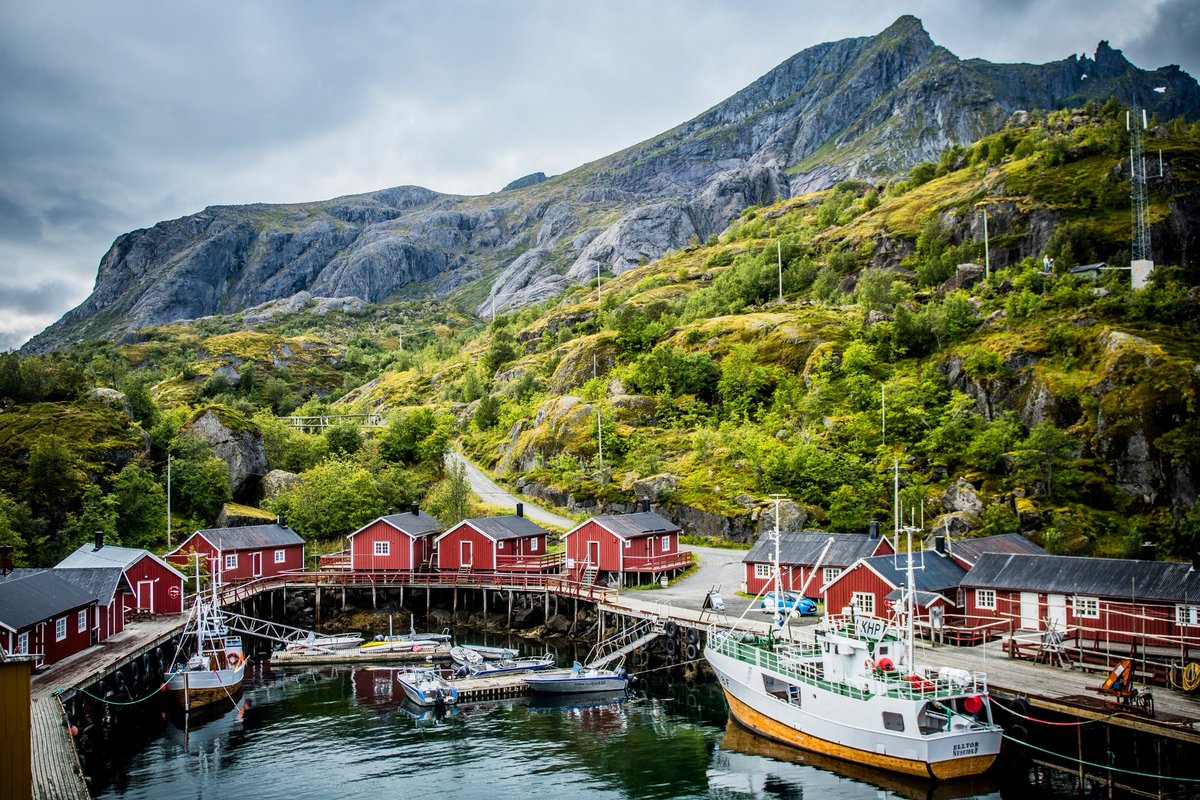


• • •
Missing some Tweet in this thread? You can try to
force a refresh




































